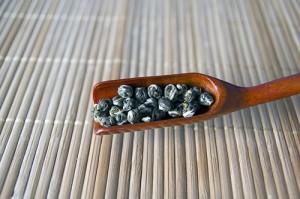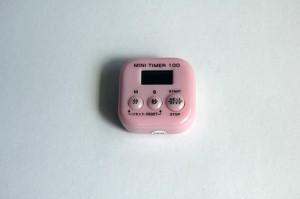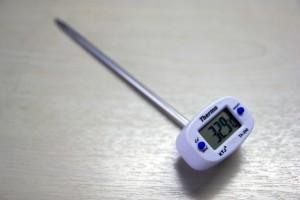Unlike the other posts in this series, this is has a commercial slant but we don’t think most people would mind, just bear with me for a while.
In an earlier post, we presented the problem, now it’s the solution.
We mentioned that the 3 basic parameters that you would need to nail down to make that great cup of tea are
i) Quantity of tea leaves
ii) Infusion time
iii) Temperature of water
Simply put, the wrong ‘parameters’ would render your brew too weak or strong or insufficiently aromatic or too bitter.
Perhaps it was the perceived difficulty of brewing loose leaf tea that led to the invention of the tea bag in the first place- notwithstanding the fact that it was by a culture that drank black tea almost exclusively then.
Even today, many people continue to make the mistake of brewing all teas in the same manner- usually that of black tea- rendering green tea bitter and oolong tea weak.
Let’s take a look at our proposed solution to getting the proportions right.
Quantity of Tea Leaves
As you might already know, our welcome gift is a measuring spatula or cha ze. On each of our product label, we have a suggested quantity per 100ml of water presented in number of spatulas.

We suggest using a measuring spatula instead of teaspoons as it has a larger capacity. Try it with huge leaves like a Yunnan Black and you will know the futility of using a spoon. Also, its depth makes it better to hold tea leaves.
Note that the spatula is more accurate for rolled or pressed dry leaves such as Tieguanyin and Longjing respectively and precision is particularly hard for the White Peony, which is un-rolled and un-shaped.
It’s hard to beat a weighing scale for accuracy.
Nevertheless, the spatula is very useful in helping you avoid steam from the warmed brewing vessel or scooping with your hands directly which is a bad idea because of the grease from your hands that would be retained.
More on how to use the spatula here.
Infusion Time
This is probably the simplest to solve. Virtually everyone has a smartphone. Even not-so-smart phones usually have a timer function.

Also, you don’t need to worry about accidentally pouring hot water on your phone.
Temperature of Water
Typically this presents the greatest problems for novice tea drinkers, particularly for lovers of green tea which requires a lower temperature- usually from 75-85⁰C.
The best solution is a variable temperature kettle. You can select the temperature and some even keep it warm.
The problem is that, outside of China, the prices of these variable temperature kettles are usually ridiculously high (>$100 for an electric kettle is ludicrous IMO, especially if the variations are preset- a phrase that sounds linguistically awkward).
If you are so inclined, you can do it like the ancients do- observe the bubbles when you are boiling water: shrimp eyes, crab eyes, fish eyes and strings of pearls for 70-80⁰C, 80⁰C, 80-90⁰C and 90-95⁰C respectively.
Another method is by observing the steam from the kettle after bringing the water to a boil.

If the steam floats outs, the water is about 85⁰C.
If the steam slowly rises in a large circular motion, the water is about 80⁰C.
If the steam doesn’t rise, the water is below 80⁰C
For those who prefer precision, there is a simple solution- a water thermometer.
Bring water to a boil and just pop a thermometer in to measure how much water has cooled. Even suitable for the office.
Hence with a measuring spatula, timer and water thermometer capable of measuring in the 70s to boiling temperatures, you can cover the basic parameters in brewing tea.
See more articles related to brewing tea
Here’s the commercial end of this post:
Now for any purchase of $70 and above, we give you a measuring spatula, a timer and a water thermometer FREE.*
Part of our mantra- bringing tea closer to you.
Tea that anyone can enjoy, everywhere.
